June 18, 2025 | 19:41 GMT +7
June 18, 2025 | 19:41 GMT +7
Hotline: 0913.378.918
June 18, 2025 | 19:41 GMT +7
Hotline: 0913.378.918
It is estimated that in 2024, the export turnover of forest products will reach a historic high of 17.3 billion USD. Among this total, wood and wood products are expected to account for approximately 16.3 billion USD, while the remaining portion will come from non-timber forest products. The trade surplus from forest product exports is projected to be around 14.4 billion USD.
This record-breaking export performance represents a 19.4% increase compared to 2023 and surpasses the previous record set in 2022 by more than 2%. In 2022, the total export value of forest products reached 16.9 billion USD, with 15.8 billion USD attributed to wood and wood products and the remaining 1.1 billion USD from non-timber forest products.
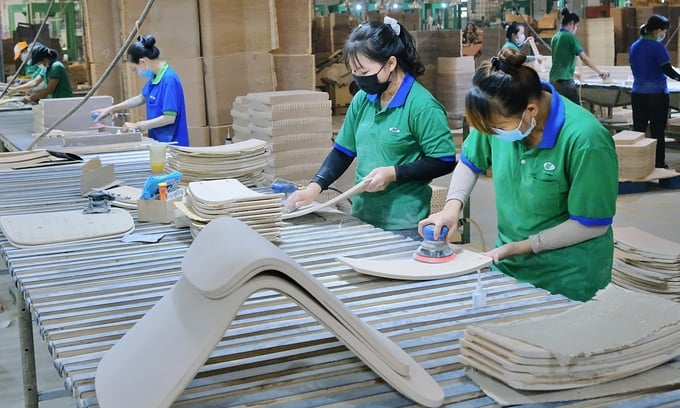
Wooden frame chairs are the most exported item in 2024. Photo: Bao Thang.
According to detailed information from the Industry and Trade Information Center (Ministry of Industry and Trade), in December 2024, the export turnover of wood and wood products reached 1.55 billion USD, an increase of 6% compared to November 2024 and a 15.8% rise compared to December 2023. Of this, wood products alone were estimated to reach 1.1 billion USD, up 7.5% compared to November 2024 and up 15.5% compared to December 2023.
For the entire year of 2024, the export turnover of wood and wood products increased by 21% compared to 2023. Specifically, wood products are estimated to reach 11.2 billion USD, a 22% increase from 2023.
Most wood and wood product categories recorded positive growth rates in 2024. Leading the export turnover for the year was the wooden frame chair category. By the end of November 2024, this product reached 3.1 billion USD, a 24% increase compared to the same period in 2023.
Following this were living room and dining room furniture; wood chips; bedroom furniture; wood, panels, and flooring and kitchen furniture. All of these product groups surpassed 1 billion USD in export turnover.
The United States continues to be the largest export market for Vietnam’s wood and wood products, accounting for over 55% of the total export turnover. According to the Forestry Department, exports of wood and wood products to the U.S. have experienced positive growth, driven by increasing demand and decreasing inventory levels in this market.
Moreover, the shift in global supply chains, particularly due to the United States’ trade protection measures against Chinese goods, has opened up significant opportunities for Vietnam’s wood products.
In addition to the U.S., other key markets such as the European Union, Japan and South Korea remain crucial for Vietnam’s wood and wood product exports. These regions not only have high demand for wood products but also require goods that adhere to strict standards regarding quality, design and sustainability.
According to data from the General Department of Customs for the first 11 months of the year, the United States continues to lead in export turnover, reaching 8.2 billion USD, an increase of 24.6% compared to the same period in 2023. Following the U.S. is China, with exports reaching 1.9 billion USD, a 21% increase; Japan, with 1.6 billion USD, up by 3%; South Korea, with 722.4 million USD, up by 0.6%; and the EU, with 503 million USD, marking a 27% growth.
As the year draws to a close, the export of wood and wood products continues to show strong growth. In the week from December 10 to December 17, the total export turnover reached over 390 million USD, reflecting a 4.7% increase compared to the previous week. Among this, the export turnover of wooden furniture alone reached 250 million USD, marking an increase of over 2% compared to the previous week.
Wooden furniture exports in this period were directed to several key markets. The United States remained the leading market, with exports reaching 200 million USD, up by 3.8% compared to the previous week. Following the U.S., Japan imported nearly 9 million USD worth of wooden furniture, though this was a 4.9% decrease compared to the previous week. South Korea showed a positive growth of 2.7%, with exports amounting to 5.5 million USD, while the UK saw a decline of 11.4%, with nearly 5 million USD in exports. Canada, on the other hand, experienced a significant drop of nearly 30%, with over 4 million USD in exports during this period.
On the import side, during the first 11 months of the year, Vietnam imported approximately 5 million cubic meters of raw wood, valued at 1.64 billion USD. This represents a nearly 25% increase in volume and an 18.6% rise in value compared to the same period in 2023.
The Forestry Department has pointed out that the increase in raw wood imports is largely due to the positive signals from major markets. Inventory levels have decreased and demand for wood products globally remains strong.
Mr. Tran Quang Bao, Director of the Forestry Department, stated, "The increase in exports highlights the fact that global demand for wood products is recovering, and Vietnam's products are increasingly meeting international standards".
Translated by Phuong Linh
/2025/06/17/2344-1-131758_261.jpg)
(VAN) Amid tariff risks and growing trade barriers in the U.S. market, Australia is emerging as a promising destination to sustain the growth momentum of Vietnam's shrimp exports.
/2025/06/17/2013-1-nongnghiep-112009.jpg)
(VAN) This notable growth trend reflects the global taste for fresh, nutritious fruits and the expanding use of lychees across various sectors.
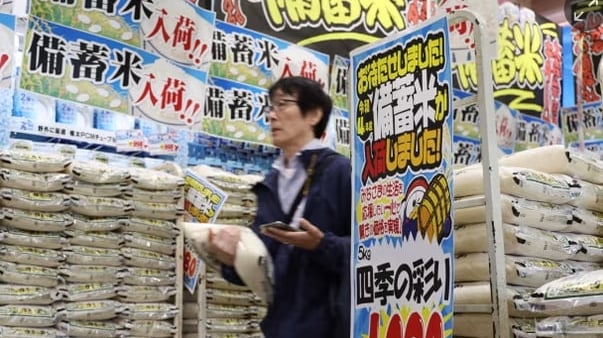
(VAN) The political and cultural insulation of Japan’s beloved grain is falling apart, and experts warn the country’s relationship with the staple will have to adapt.
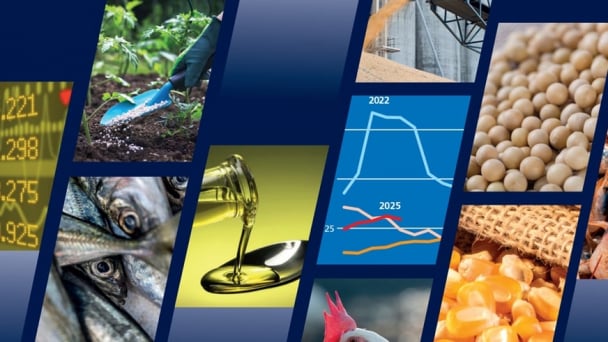
(VAN) Noting risks, report examines impacts of avian influenza, changing trade patterns since 2022, fish fraud, and shipping industry’s net-zero goals.
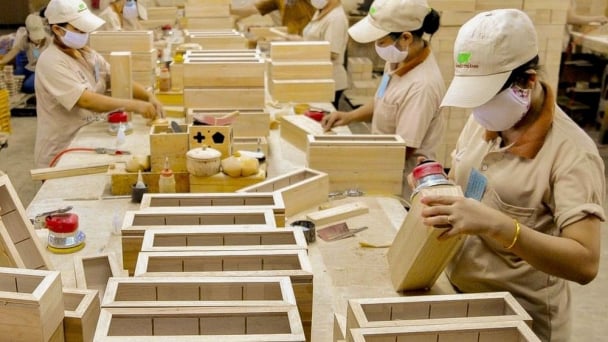
(VAN) Mr. Tran Quang Bao, General Director of the Forestry and Forest Protection Department, met and worked with the International Wood Products Association to promote cooperation in the field of timber trade.

(VAN) China's outbound shipments of rare earths in May jumped 23% on the month to their highest in a year, though Beijing's export curbs on some of the critical minerals halted some overseas sales.
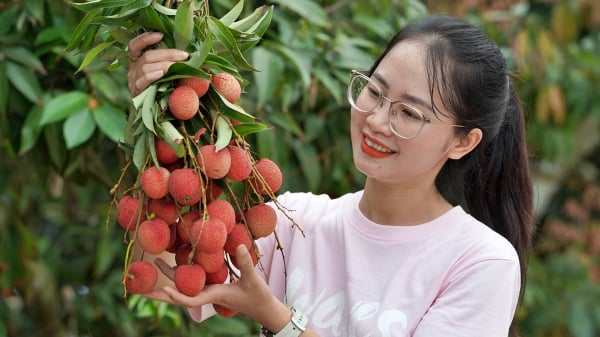
(VAN) To sustain capital flow, administrative reform alone is not enough; what farmers truly need is an ecosystem where both government and businesses grow together in support.